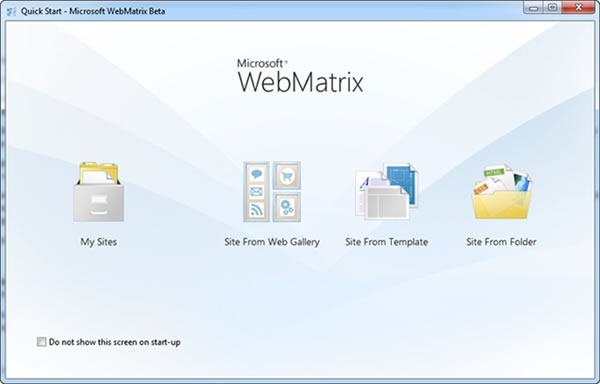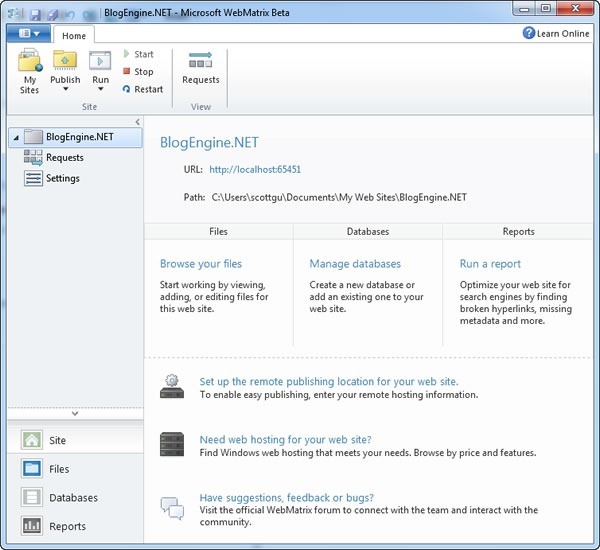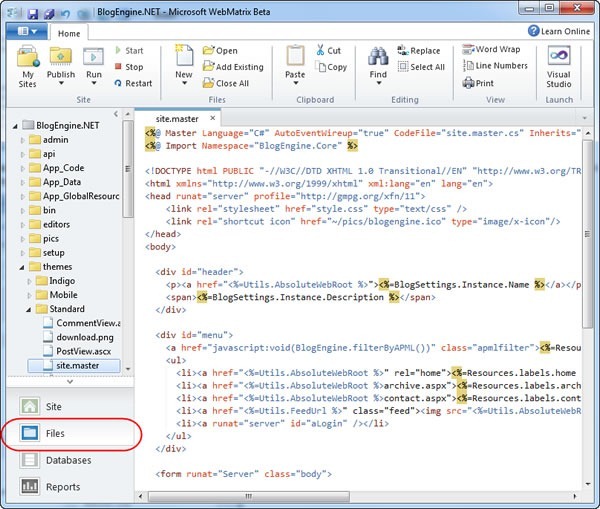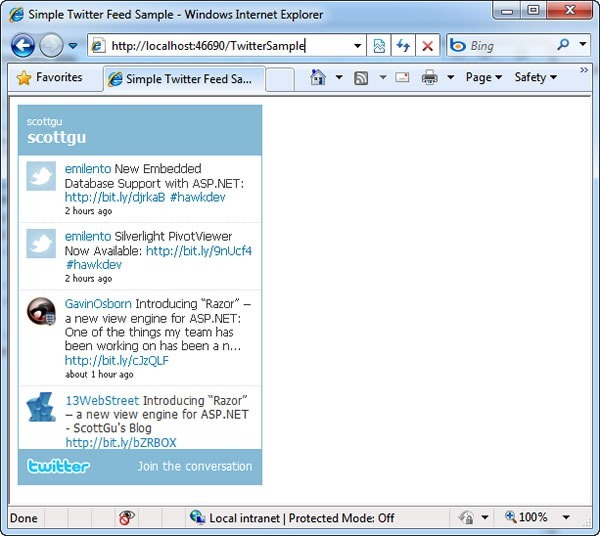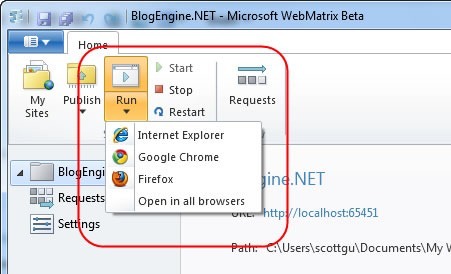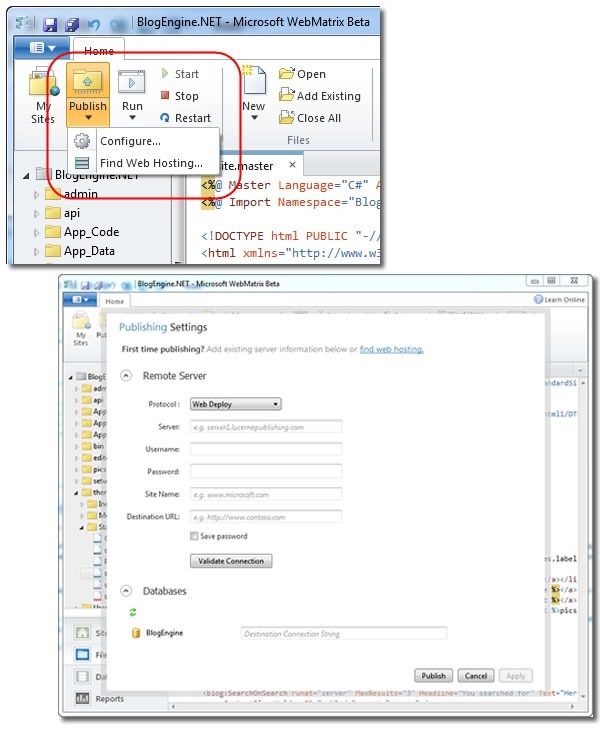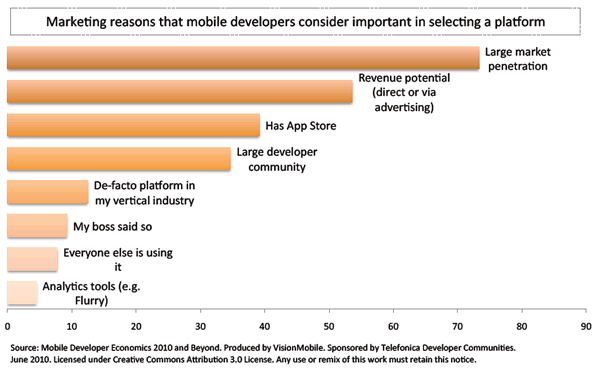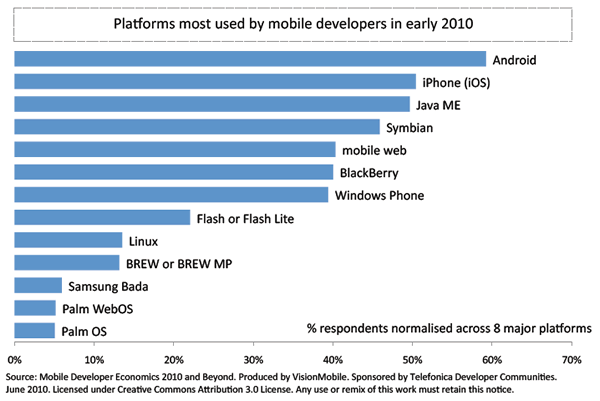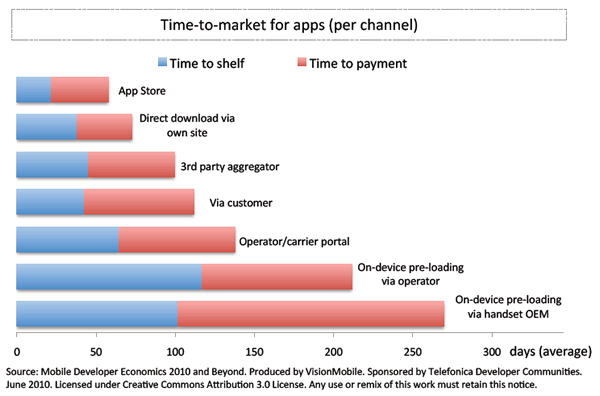Are you a web developer and want to sharpen your jQuery skills? Would you like to attend a conference featuring some of the brightest lights in jQuery programming? Are you too short on time and travel expenses to hit such a conference?
For a mere US$150 and no travel at all, you can attend the jQuery Online Conference. It’s a live, over-the-‘net conference taking place on Monday, July 12th starting at 12:00 noon EDT / 9:00 a.m. Pacific and featuring these four sessions:
- Beyond String Concatenation. Using jQuery Templating to Cleanly Display Your Data
Rey Bango (Client-Web Community Program Manager for Microsoft and Head of Evangelism for the jQuery JavaScript Project)
In this presentation, Rey will show you a new way to produce easily maintainable dynamic pages via pre-built JavaScript templates and the Microsoft jQuery templating plugin. - Testing Your Mobile Web Apps
John Resig (JavaScript tool developer for Mozilla and creator of jQuery)
This talk will be a comprehensive look at what you need to know to properly test your web applications on mobile devices, based upon the work that’s been done by the jQuery team. We’ll look at the different mobile phones that exist, what browsers they run, and what you can do to support them. Additionally we’ll examine some of the testing tools that can be used to make the whole process much easier. - Taking jQuery Effects to the Next Level
Karl Swedberg (Web developer at Fusionary Media, member of the jQuery Team, author of jQuery 1.3 and 1.4 Reference Guides and maintainer of the jQuery API site)
One of the first things web developers learn to do with jQuery is to show and hide elements on a page and then add some flair by sliding those elements up and down or fading them in and out. Too often, though, we stop there, missing out on the incredible range and flexibility of jQuery’s core effects. In this talk, we’ll investigate both standard and custom animations and how they can be used to create useful and fun effects. We’ll also build a couple effects plugins, explore parts of the effects API that are often overlooked, and learn how to avoid common problems when attaching these effects to certain events. - jQuery Pluginization
Ben Alman (Developer at Boston.com, contributor to jQuery and Modernizr)
In this live-coding session, Ben explains how, with just a little thought and effort around generalization, parameterization and organization, you can convert your "just get the job done" jQuery code into a legitimate, reusable, modular jQuery plugin.
Your conference attendance fee not only lets you watch the live event and ask questions of the presenters, it also lets you watch the recordings of the events any time afterwards. So if you can’t catch the live event (perhaps you’re busy at work, or it’s 3:00 a.m. in your time zone), you can still watch the presentations. This also lets you watch the live event to get the general idea, and then watch it again for note-taking or hands-on workshopping.
- For more information about the conference, visit the jQuery Online Conference site.
- To register for the conference, visit the jQuery Online Conference registration page. (Yes, there are discount rates for groups and students.)



